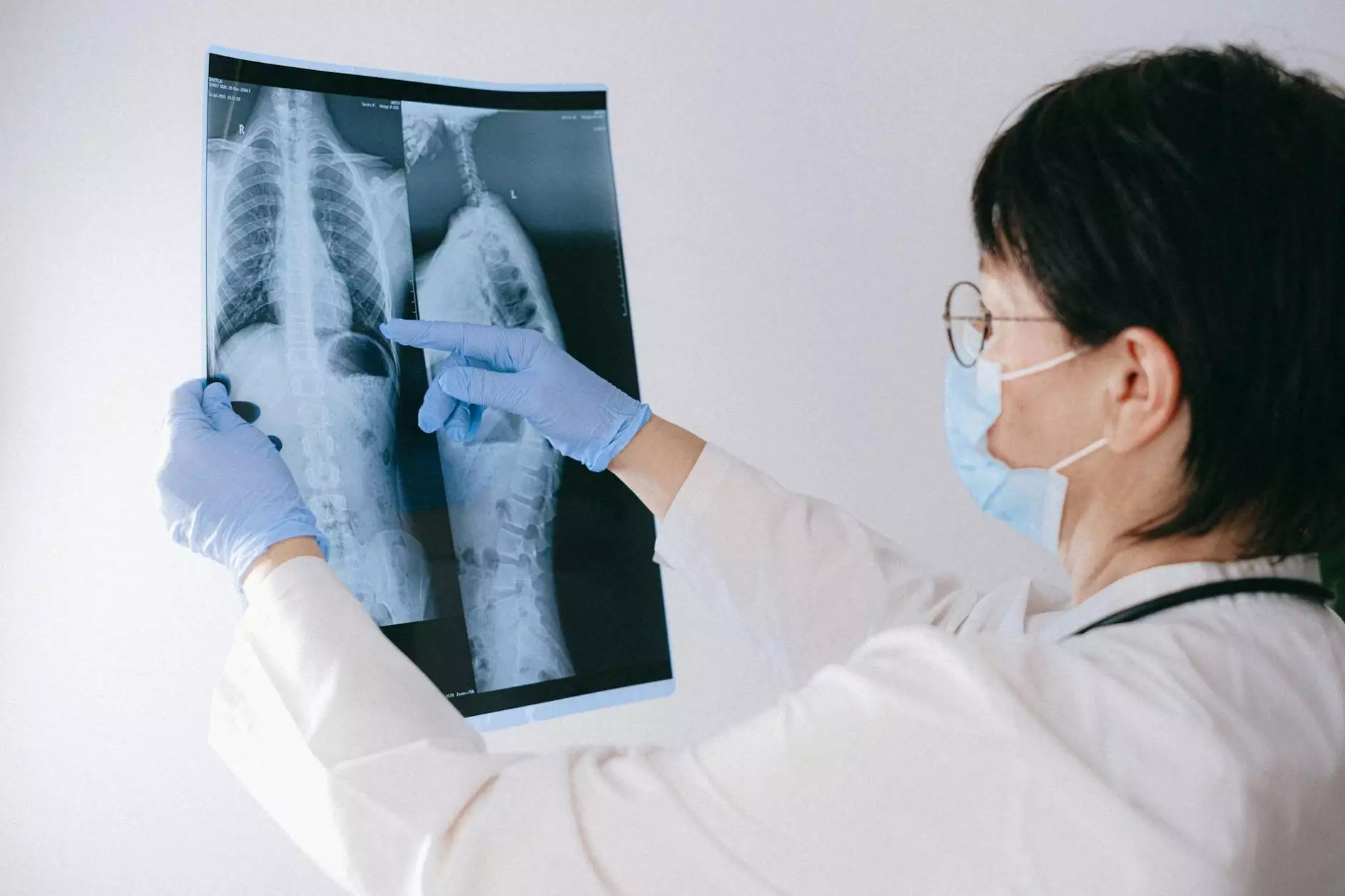Tibial and Peroneal Arteries - Understanding Their Functions and Medical Conditions

Introduction
Welcome to Phoenix Medical Services, your trusted resource for comprehensive information on the tibial and peroneal arteries. We are here to provide you with detailed insights into their functions, common medical conditions, and treatment options available. Our team of medical professionals is dedicated to offering the highest quality care and expertise in managing arterial health.
Understanding the Tibial Artery
The tibial artery is a major blood vessel that originates from the popliteal artery, located behind the knee joint. It plays a crucial role in providing oxygen-rich blood to the lower leg and foot. The tibial artery divides into two branches - the posterior tibial artery and the anterior tibial artery.
The Posterior Tibial Artery
The posterior tibial artery is responsible for supplying blood to the posterior muscles of the leg, as well as the skin and other tissues in the calf and foot regions. This artery can sometimes be affected by medical conditions such as peripheral artery disease (PAD), leading to reduced blood flow to the lower extremities.
Peripheral Artery Disease (PAD)
Peripheral artery disease is a condition that occurs when there is a narrowing or blockage in the arteries that supply blood to the extremities, including the legs and feet. Common symptoms of PAD include leg pain during physical activity, sores or wounds that don't heal properly, and changes in skin color or temperature.
At Phoenix Medical Services, we understand the impact of PAD on your daily life and overall well-being. Our experienced medical professionals offer comprehensive diagnostic assessments, personalized treatment plans, and ongoing support to manage this condition effectively.
The Anterior Tibial Artery
The anterior tibial artery is responsible for supplying blood to the muscles and tissues at the front of the leg and foot. It plays a vital role in maintaining proper circulation and overall lower limb function.
Understanding the Peroneal Artery
The peroneal artery is another important blood vessel located in the lower leg. It arises from the posterior tibial artery and wraps around the fibula bone. The peroneal artery supplies blood to the lateral calf muscles and plays a crucial role in maintaining optimal circulation to the lower limb.
Common Medical Conditions
Several medical conditions can affect the tibial and peroneal arteries, leading to potential complications. It is important to be aware of these conditions and seek prompt medical attention if necessary.
Peripheral Artery Disease (PAD)
As mentioned earlier, Peripheral Artery Disease (PAD) is a condition that causes narrowing or blockage in the arteries, leading to reduced blood flow. This condition primarily affects the lower extremities and can result in symptoms such as leg pain, cramping, and non-healing wounds.
Thrombosis
Thrombosis refers to the formation of blood clots within the arteries. Blood clots can obstruct blood flow and potentially lead to serious health complications. It is crucial to identify and manage thrombosis promptly to prevent further damage.
Embolism
Embolism occurs when a blood clot or other debris detaches from its original site, travels through the bloodstream, and blocks a smaller artery. This can cause sudden interruption of blood flow and result in severe tissue damage or organ dysfunction.
Treatment Options
At Phoenix Medical Services, we offer a range of advanced and personalized treatment options for conditions affecting the tibial and peroneal arteries. Our team of specialists is committed to providing the highest standard of care and ensuring optimal outcomes for our patients.
Medication
In many cases, medication can help manage the symptoms of arterial conditions and improve blood flow. Medications may include blood thinners, antiplatelet drugs, or medications to control underlying medical conditions such as hypertension or diabetes.
Minimally Invasive Procedures
For more severe cases, minimally invasive procedures may be recommended. These procedures aim to restore or improve blood flow in the affected arteries. Examples of minimally invasive interventions include angioplasty, stenting, or atherectomy.
Surgical Intervention
In some instances, surgical intervention may be necessary, especially if the arterial blockage is severe or cannot be effectively managed with less invasive treatments. Surgical procedures may include bypass grafting or arterial reconstruction.
Conclusion
In conclusion, understanding the functions, medical conditions, and treatment options related to the tibial and peroneal arteries is crucial for maintaining optimal arterial health. At Phoenix Medical Services, our dedicated team of professionals is here to offer comprehensive care, personalized treatment plans, and ongoing support. We strive to provide the highest quality of service, ensuring that you receive the best possible care for your arterial health needs.










